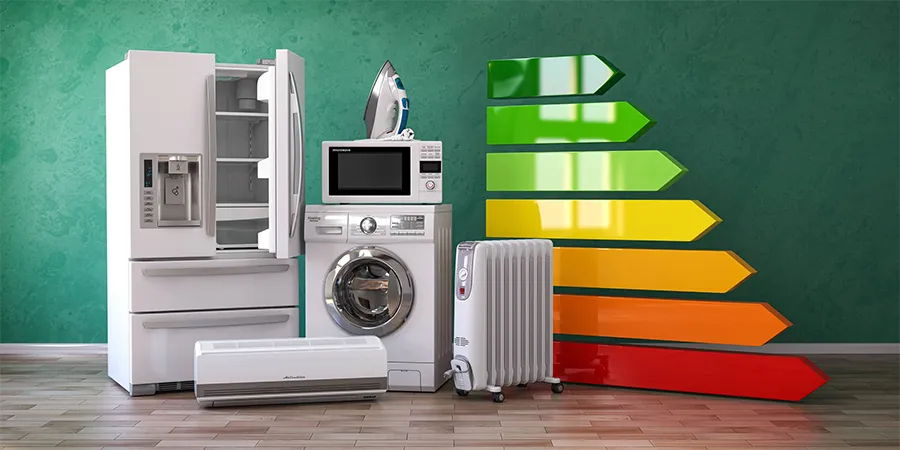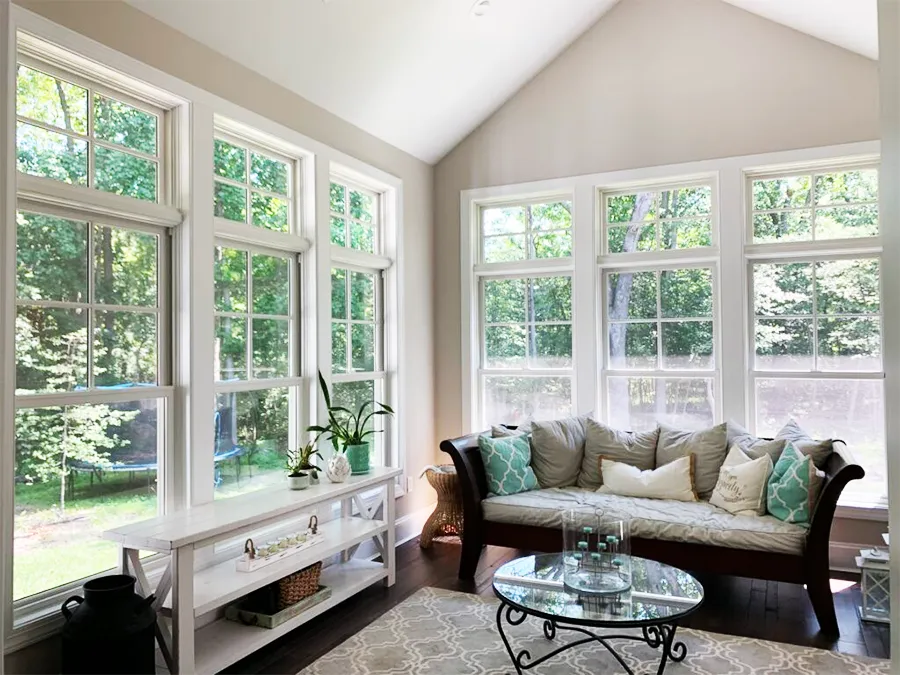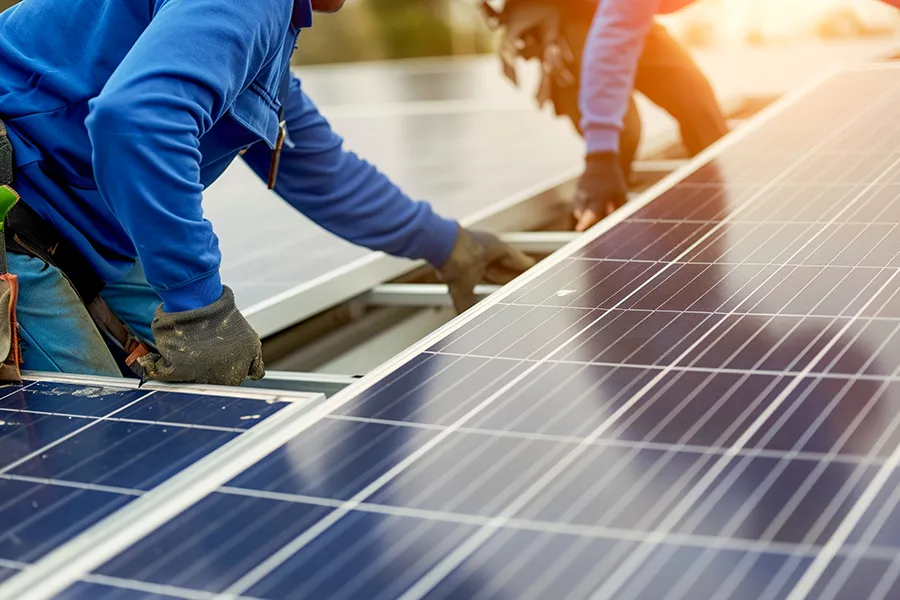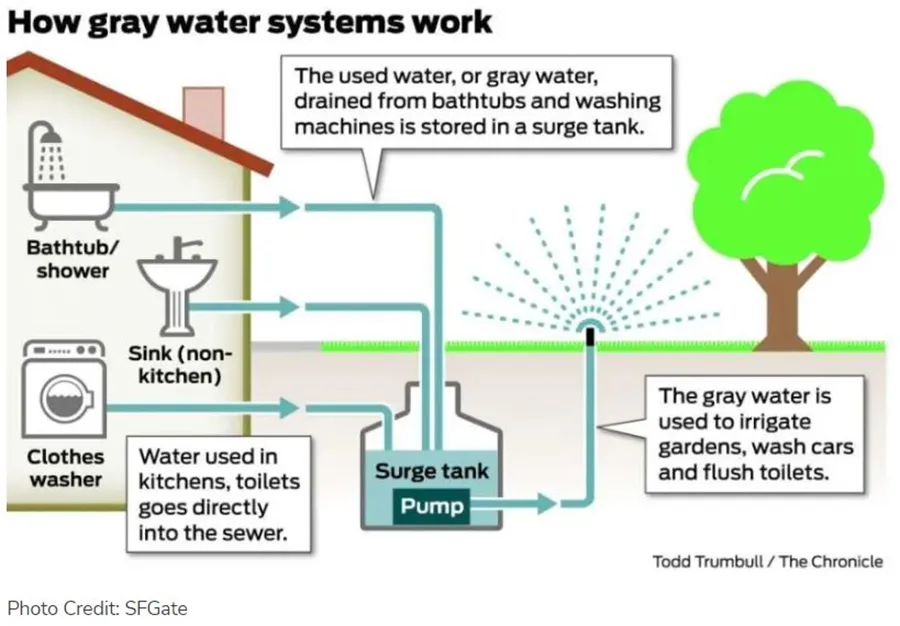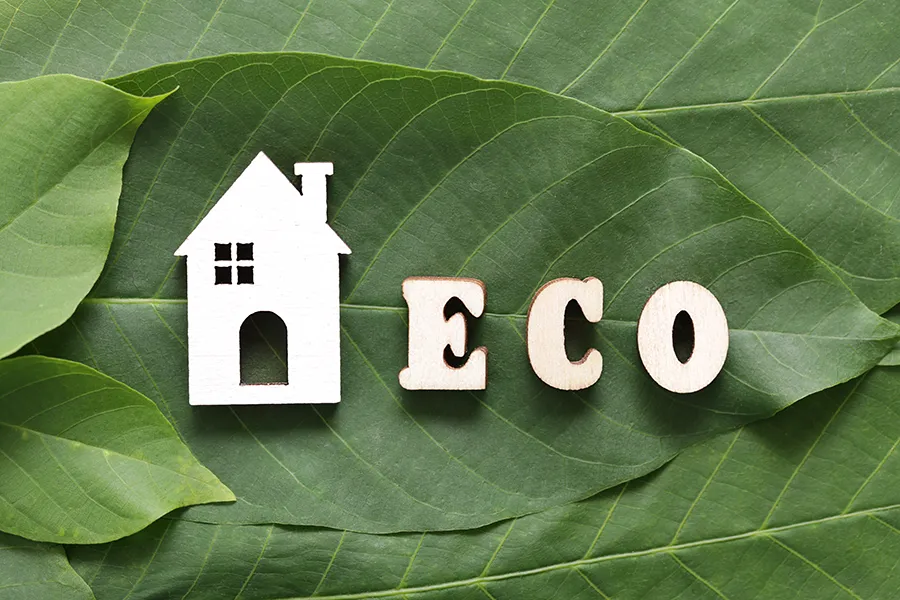
In today’s world, where environmental consciousness is at an all-time high, homeowners are increasingly looking to incorporate sustainable and eco-friendly upgrades into their home remodels. These green renovations not only contribute to a healthier planet but also offer benefits like energy savings, improved indoor air quality, and increased property value. This comprehensive guide explores various sustainable and eco-friendly upgrades that can transform your home into an environmentally responsible haven.
The Importance of Sustainable Remodeling
Sustainable remodeling involves making design and material choices that minimize environmental impact. This can include using recycled or renewable materials, improving energy efficiency, and reducing waste. The benefits of sustainable remodeling are manifold:
- Energy Savings: Upgrades such as insulation and energy-efficient appliances can significantly reduce utility bills.
- Environmental Impact: Sustainable choices help reduce your carbon footprint.
- Health Benefits: Eco-friendly materials often contain fewer toxins, improving indoor air quality.
- Increased Property Value: Green homes are increasingly attractive to buyers, potentially increasing your home’s market value.
Energy-Efficient Appliances
Upgrading to energy-efficient appliances is one of the easiest ways to make your home more eco-friendly. Look for appliances with the ENERGY STAR label, which signifies that they meet strict energy efficiency guidelines set by the U.S. Environmental Protection Agency.
- Refrigerators: Modern energy-efficient models use significantly less electricity.
- Dishwashers: Choose models that use less water and energy per cycle.
- Washing Machines: Front-loading washers typically use less water and energy compared to top-loading models.
Insulation and Windows
Proper insulation and high-quality windows are critical for maintaining energy efficiency in your home.
- Insulation: Insulating your walls, attic, and floors can drastically reduce heating and cooling costs. Materials like cellulose, recycled cotton, and wool are excellent eco-friendly options.
- Windows: Double or triple-glazed windows reduce heat transfer, keeping your home warmer in the winter and cooler in the summer. Look for windows with low-E (low emissivity) coatings to further enhance energy efficiency.
Solar Panels
Solar panels are a significant investment, but they offer long-term benefits by reducing your reliance on fossil fuels and lowering your energy bills.
- Installation: Work with a certified installer to ensure proper placement and connection.
- Incentives: Explore federal and state incentives that can help offset the initial costs of installation.
Water Conservation
Water conservation is another crucial aspect of a sustainable remodel.
- Low-Flow Fixtures: Install low-flow toilets, showerheads, and faucets to reduce water usage without sacrificing performance.
- Greywater Systems: These systems recycle water from sinks, showers, and laundry for use in irrigation and toilet flushing.
- Rainwater Harvesting: Collect rainwater for gardening and other outdoor uses, reducing your dependence on municipal water supplies.
Sustainable Materials
Choosing sustainable materials for your remodel can significantly reduce your environmental impact.
- Recycled Materials: Look for products made from recycled glass, metal, or plastic.
- Renewable Resources: Bamboo and cork are excellent alternatives to traditional hardwoods.
- Non-Toxic Paints: Opt for low-VOC (volatile organic compounds) or zero-VOC paints to improve indoor air quality.
Smart Home Technology
Incorporating smart home technology can further enhance the sustainability of your home.
- Smart Thermostats: These devices learn your schedule and adjust heating and cooling to optimize energy use.
- Smart Lighting: Motion sensors and programmable lighting can reduce electricity consumption.
- Home Automation Systems: Integrate your appliances, lighting, and security systems to monitor and control energy usage more efficiently.
Landscaping and Outdoor Spaces
Eco-friendly landscaping can reduce water usage and create a more sustainable outdoor environment.
- Native Plants: Choose plants that are native to your region, as they require less water and maintenance.
- Permeable Paving: Use permeable materials for driveways and walkways to reduce runoff and improve groundwater recharge.
- Composting: Create a composting system to recycle yard waste and organic kitchen scraps into valuable fertilizer.
Indoor Air Quality
Improving indoor air quality is essential for a healthy home environment.
- Air Purifiers: Use air purifiers with HEPA filters to remove allergens and pollutants.
- Ventilation: Ensure proper ventilation in areas prone to moisture, like bathrooms and kitchens, to prevent mold growth.
- Green Cleaning Products: Use eco-friendly cleaning products that do not emit harmful chemicals.
Conclusion
Incorporating sustainable and eco-friendly upgrades into your home remodel not only benefits the environment but also enhances your quality of life. By making thoughtful choices about materials, appliances, and systems, you can create a home that is energy-efficient, healthy, and sustainable. Whether you’re planning a minor renovation or a major overhaul, these green remodeling ideas will help you achieve a more eco-conscious and cost-effective home.
FAQs
- What are the most cost-effective sustainable upgrades for a home remodel? Energy-efficient appliances, proper insulation, and low-flow fixtures are among the most cost-effective sustainable upgrades, offering significant savings on utility bills.
- How can I make my home remodel more eco-friendly? Incorporate recycled materials, energy-efficient appliances, proper insulation, and sustainable landscaping. Consider installing solar panels and smart home technology.
- Are there any incentives for sustainable home upgrades? Yes, many federal, state, and local programs offer incentives for energy-efficient upgrades, such as tax credits and rebates for solar panel installations and ENERGY STAR appliances.
- What are some sustainable materials for home remodeling? Bamboo, cork, recycled glass, reclaimed wood, and low-VOC paints are excellent sustainable materials for home remodeling projects.
- How do I improve indoor air quality during a remodel? Use non-toxic materials, ensure proper ventilation, and consider air purifiers. Avoid using products that emit VOCs and choose green cleaning products.
- Can sustainable upgrades increase my home’s value? Yes, sustainable upgrades can enhance your home’s marketability and value, as many buyers are looking for energy-efficient and eco-friendly homes.

